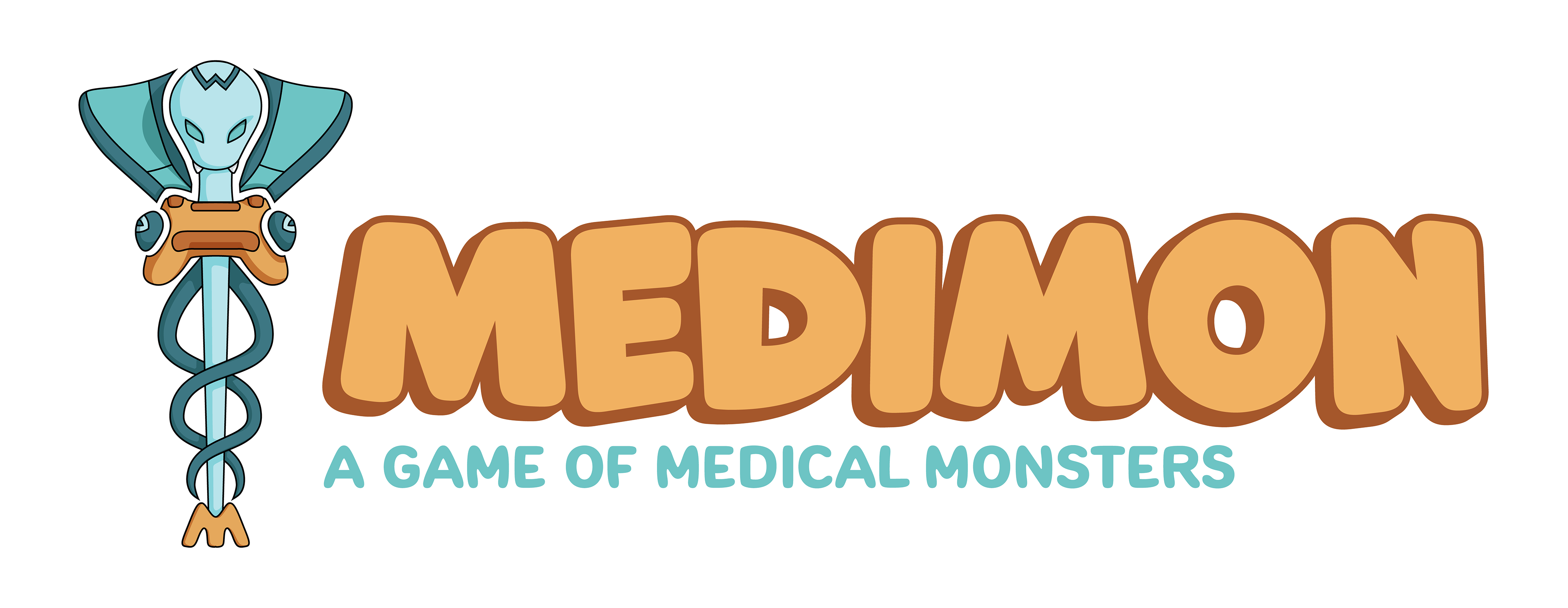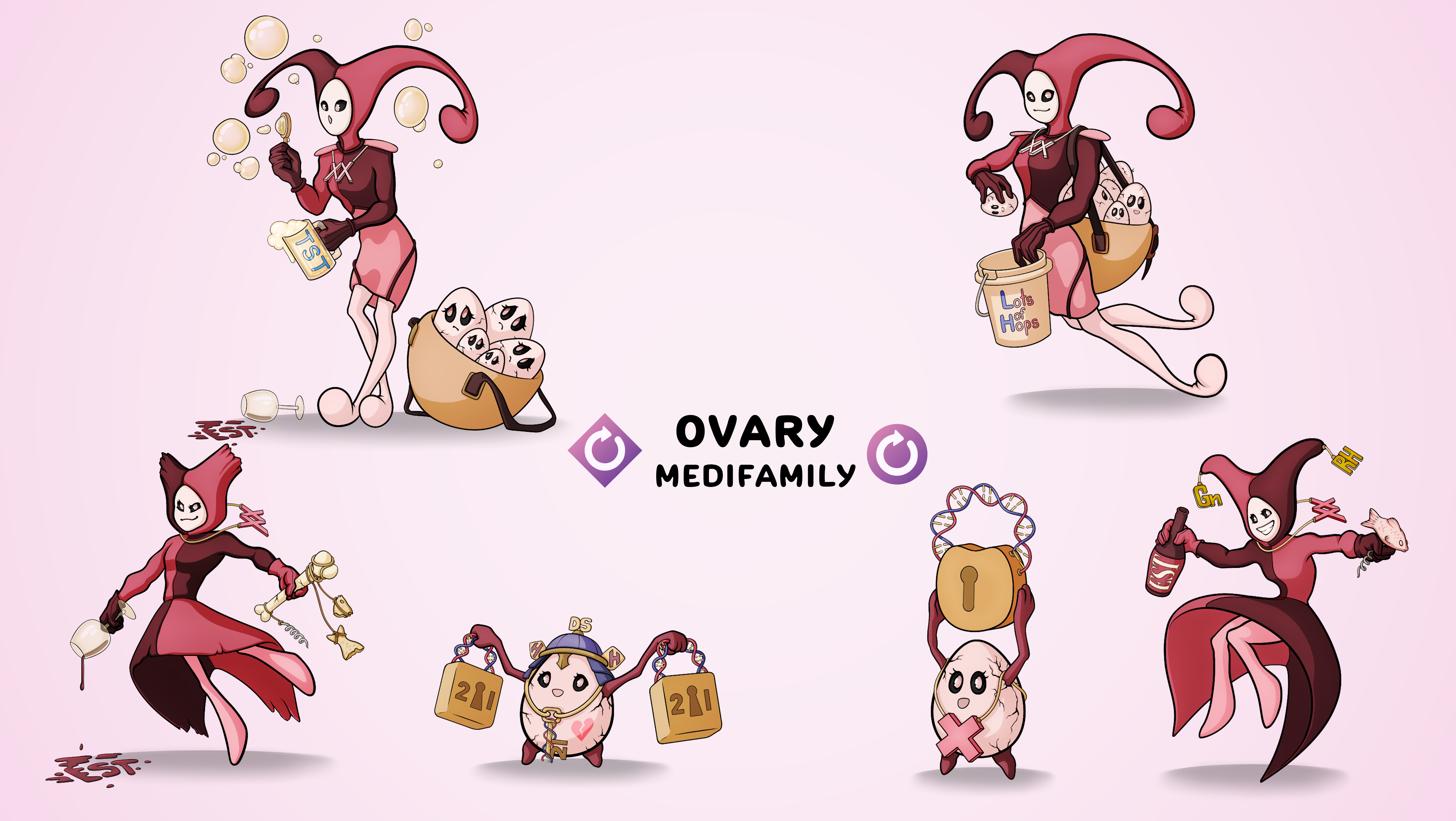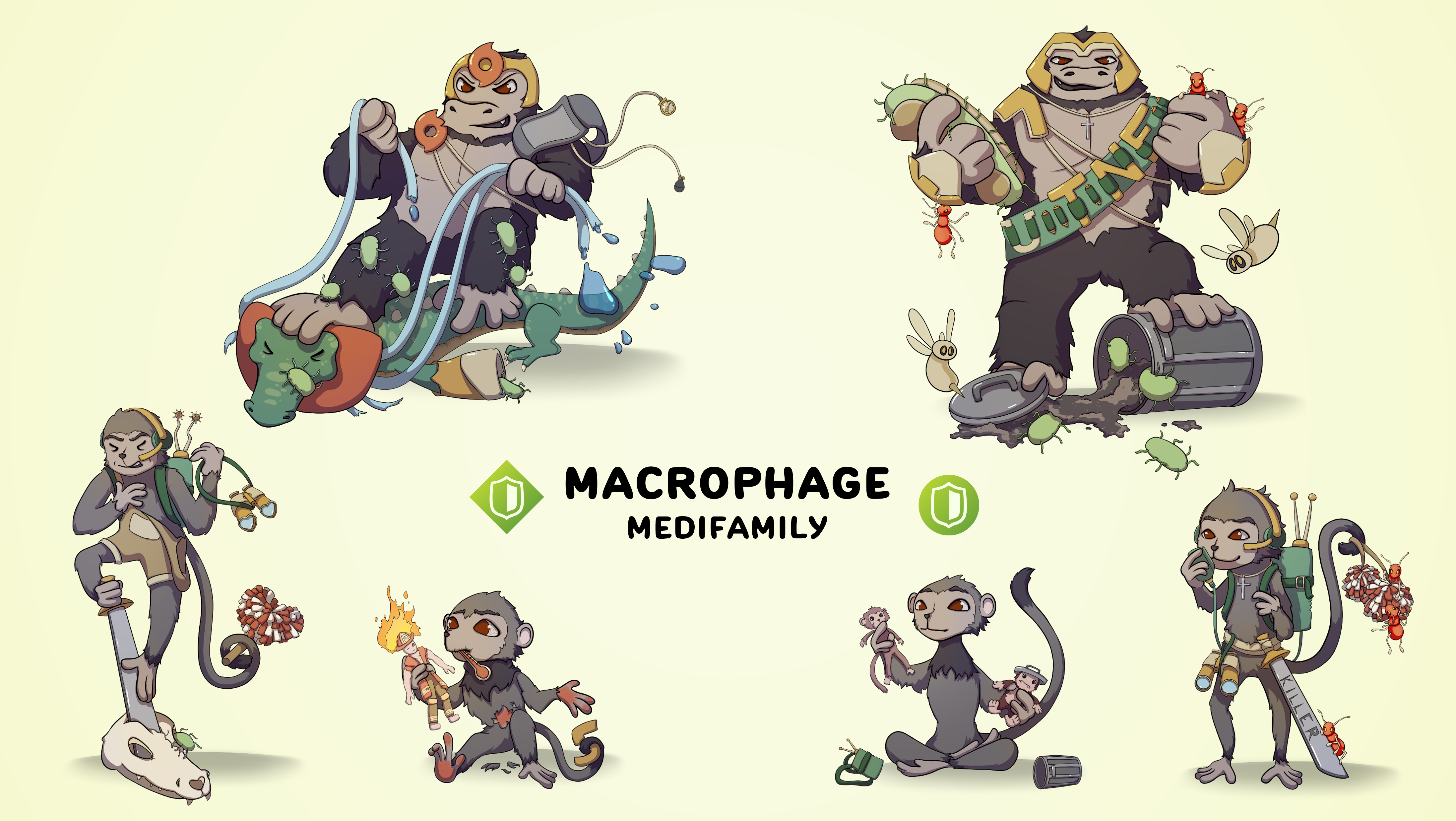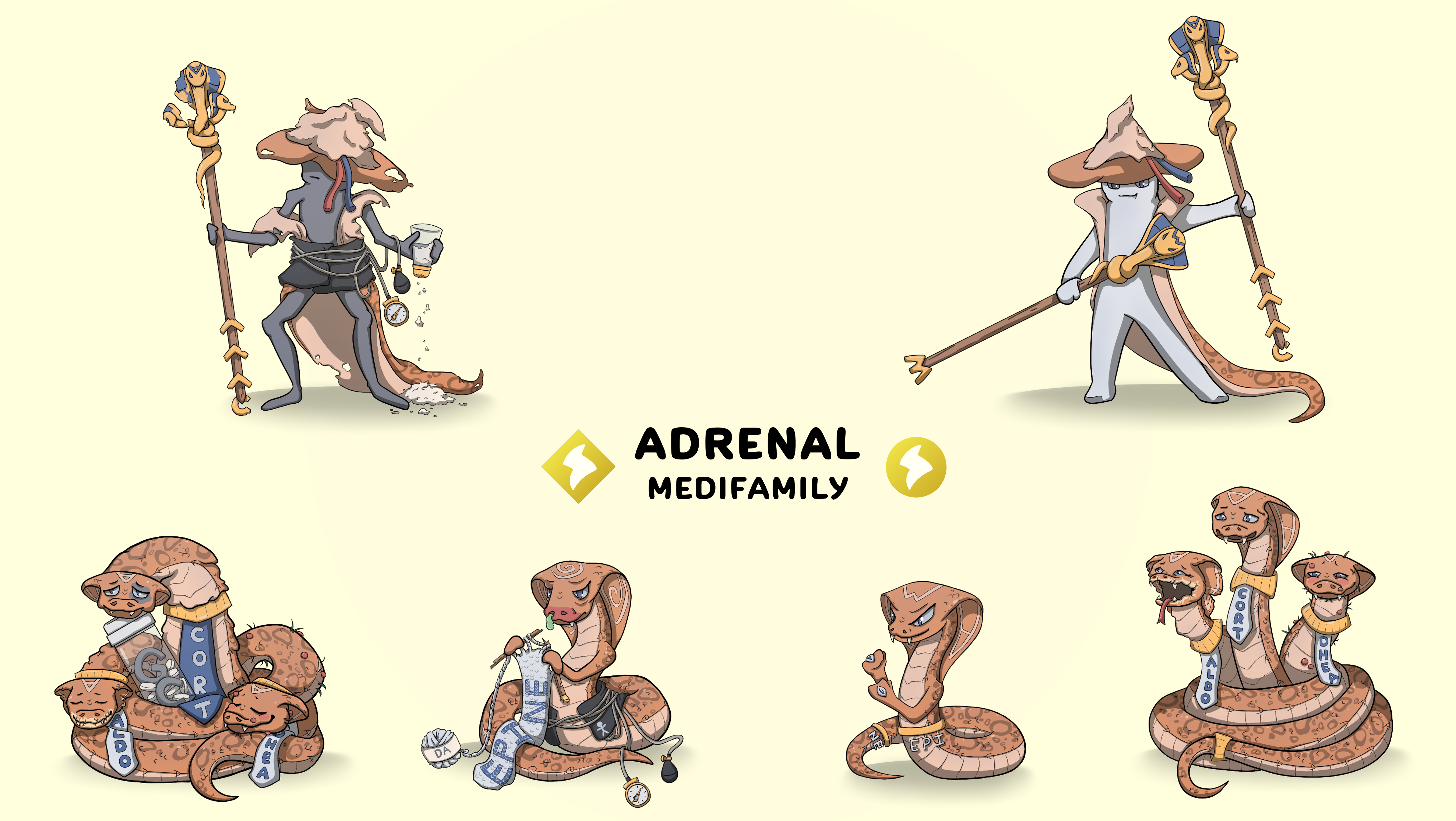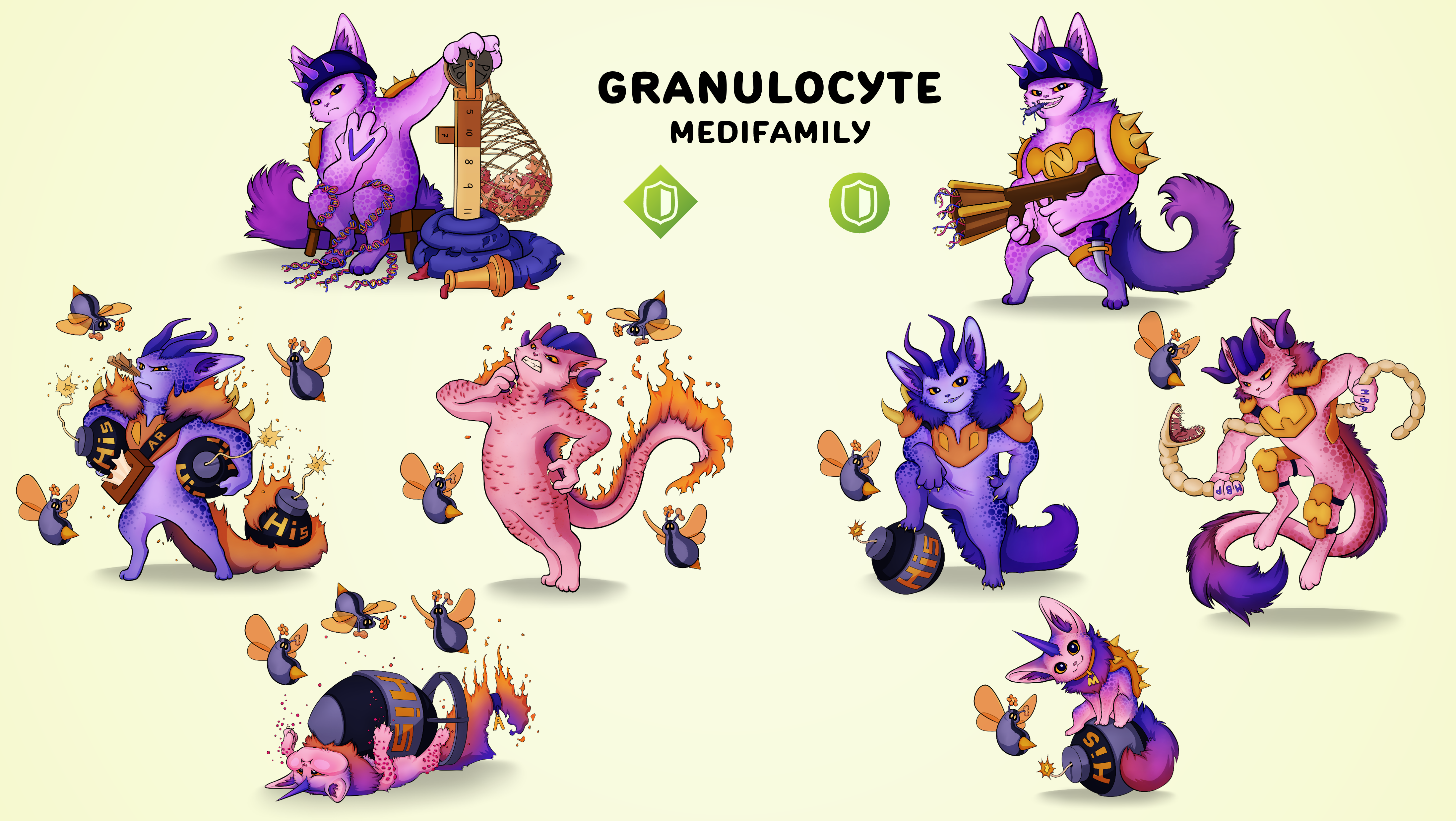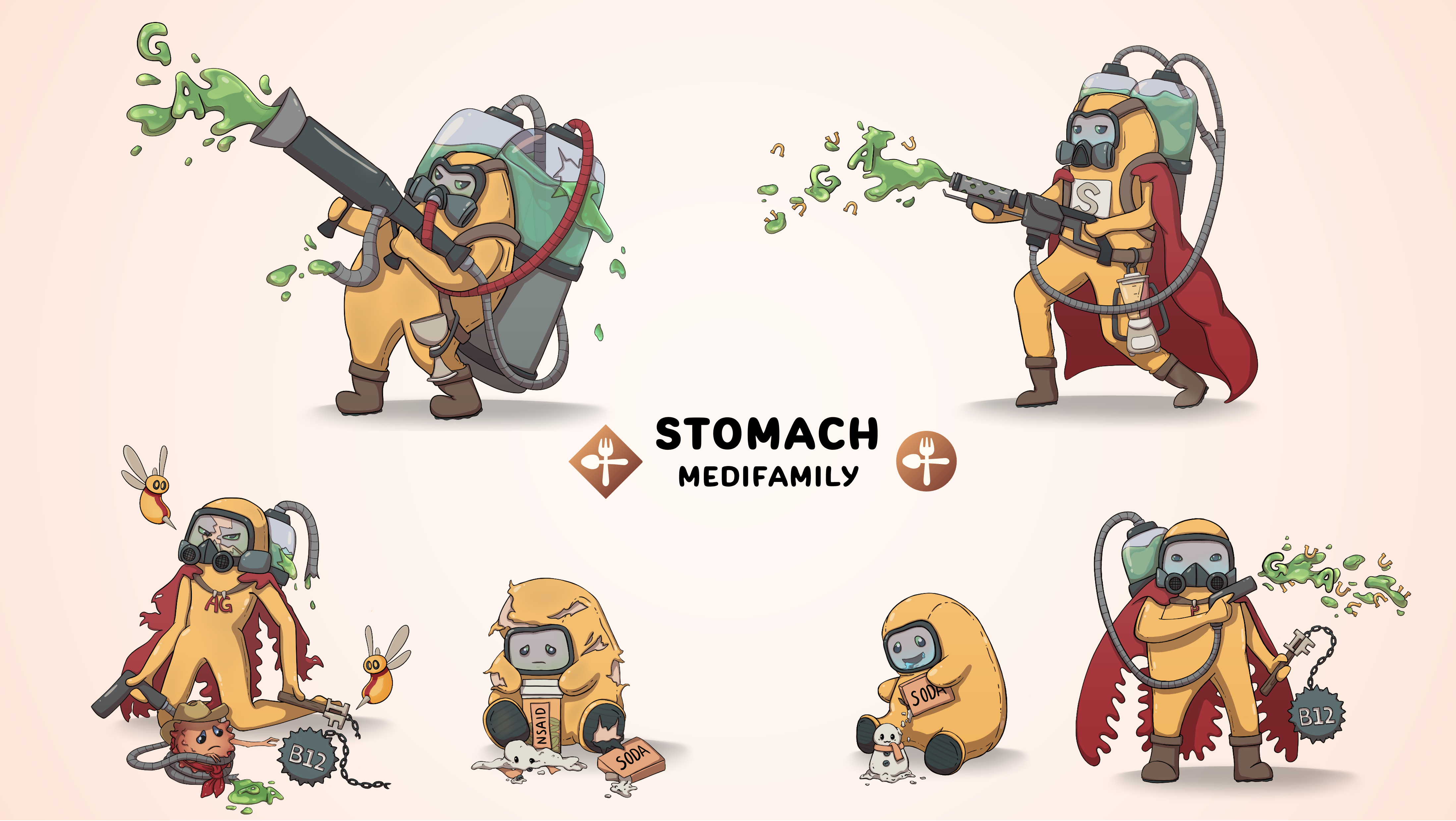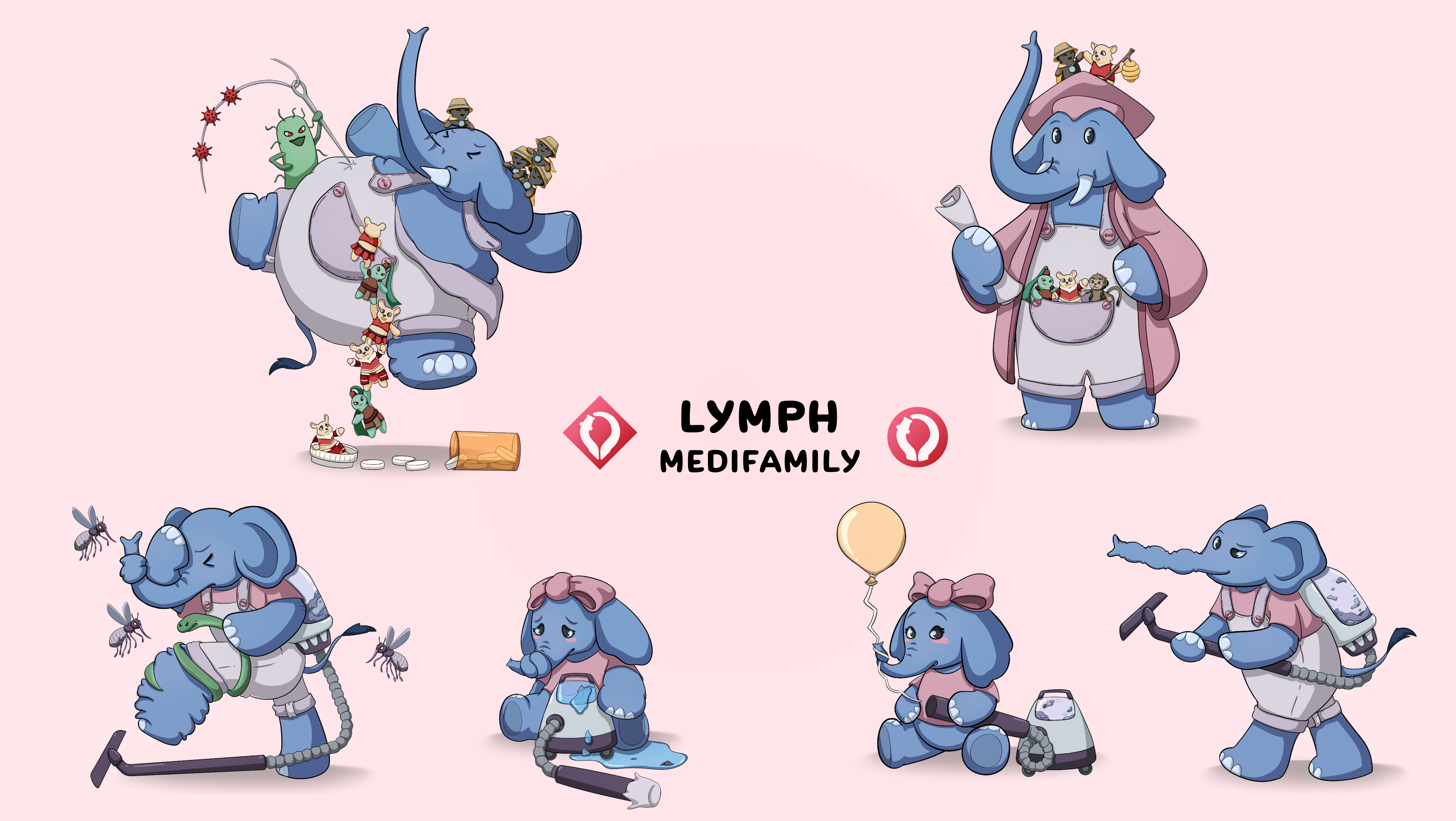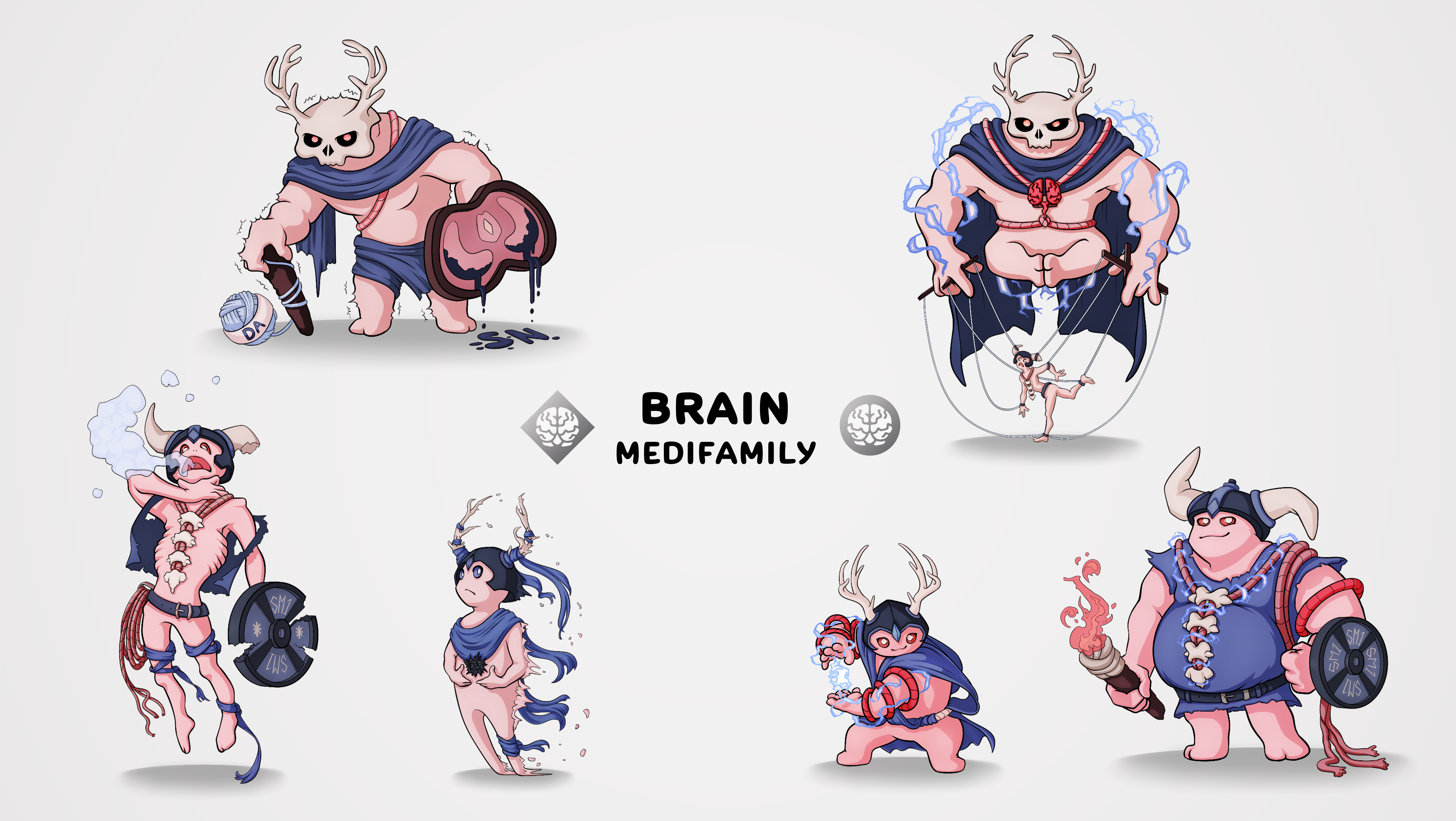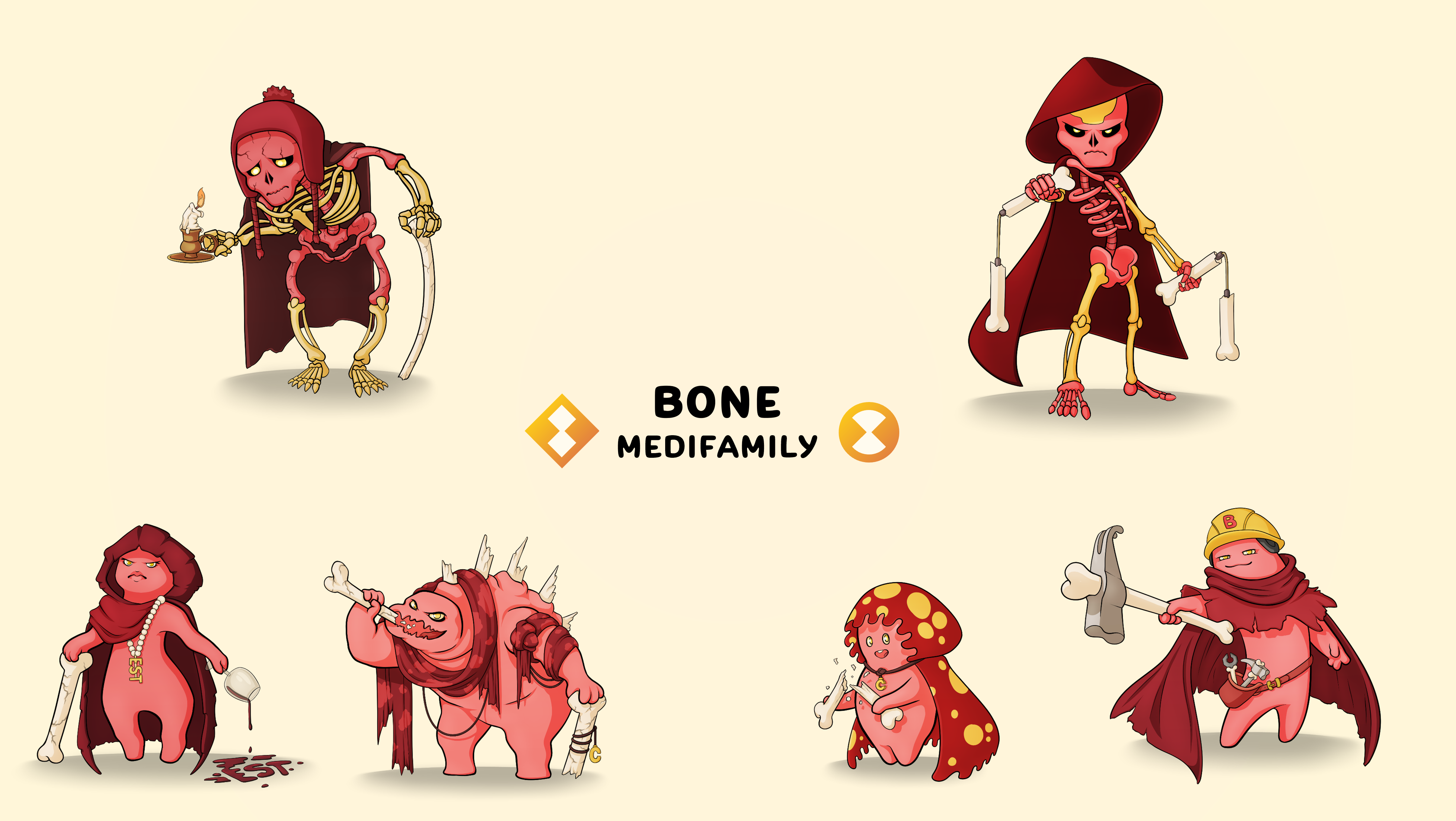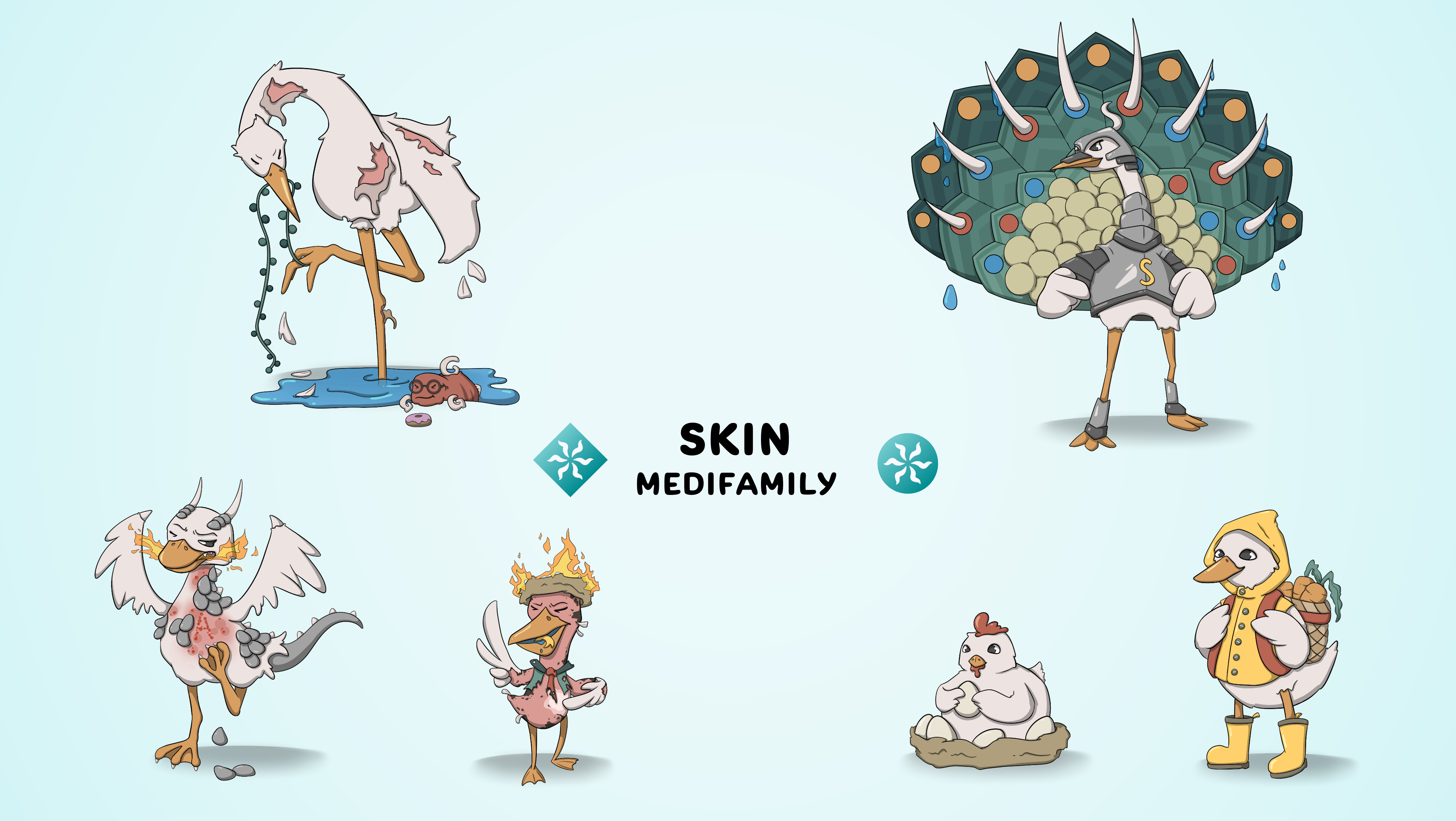Healthy ear
Inner Hair Cell
Inner Hair Cells are tiny, sensitive structures in the Inner Ear that help detect sound vibrations. They change sound waves into electrical signals that the Brain can understand.
Inner Ear
The Inner Ear contains the cochlea, which processes sound, and the utricles, which help with balance. Together, they help you hear and maintain your sense of balance.
Middle Ear
The Middle Ear is the space between the eardrum and Inner Ear. It contains three tiny bones called the ossicles, which amplify sound vibrations and transmit them to the Inner Ear.
Diseased ear
Noise-Induced Hearing Loss
Noise-Induced Hearing Loss (NIHL) is caused by damage to the Inner Hair cells due to exposure to loud sounds. This can make it difficult to hear quieter sounds and understand speech.
Motion Sickness
Motion Sickness relates to the Inner Ear and happens when your sense of balance gets mixed signals. This can occur during car rides, boat trips, or other activities that involve movement and can cause dizziness, nausea, and vomiting.
Ruptured Ear Drum
A Ruptured Eardrum is a tear in the thin membrane that separates the outer ear from the Middle Ear. It can be caused by injury, infection, or exposure to loud sounds and can lead to pain and hearing problems.
ear Treatment
NIHL -> Inner Hair Cell
Hearing aids treat Noise-Induced Hearing Loss by amplifying sounds, making them easier to hear. They can help people with this type of hearing loss understand speech and enjoy everyday activities.
Motion Sickness -> Cochlea
Promethazine treats Motion Sickness by blocking certain signals in the Brain that cause nausea and vomiting. It can help reduce dizziness and other symptoms related to Motion Sickness.
Ruptured Ear Drum -> Middle Ear
Ofloxacin treats a Ruptured Eardrum by fighting the infection that might have caused the rupture. It's an antibiotic that kills bacteria, helping the eardrum to heal and preventing further complications.
